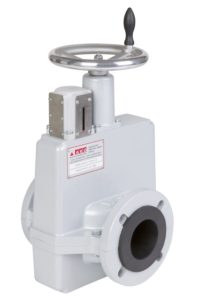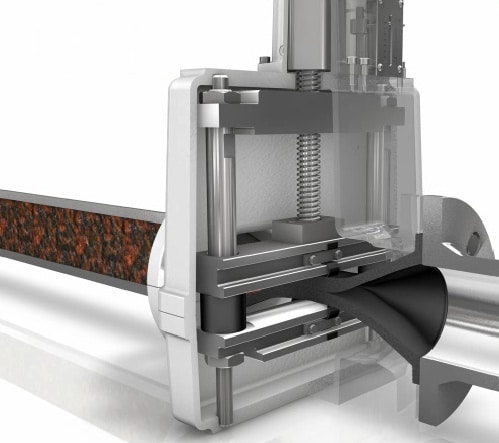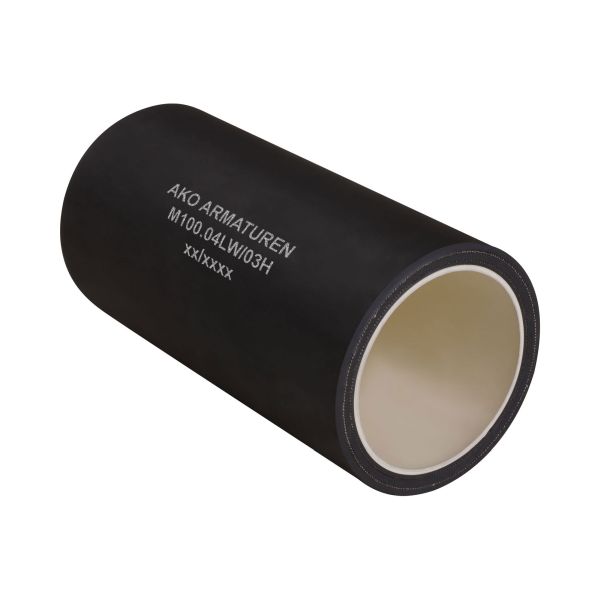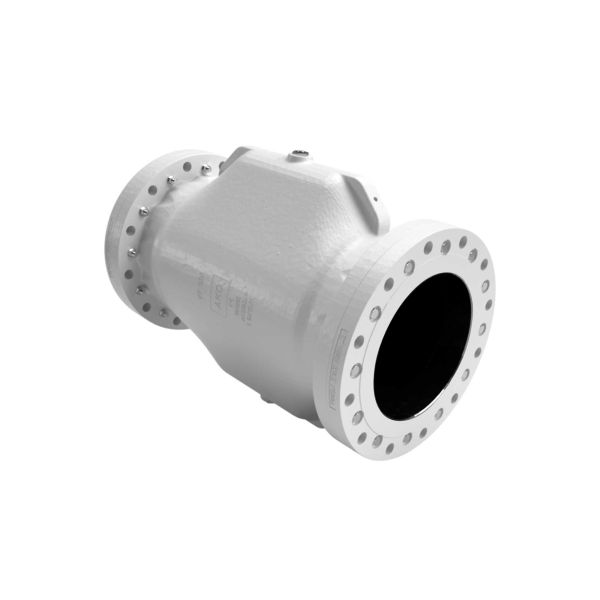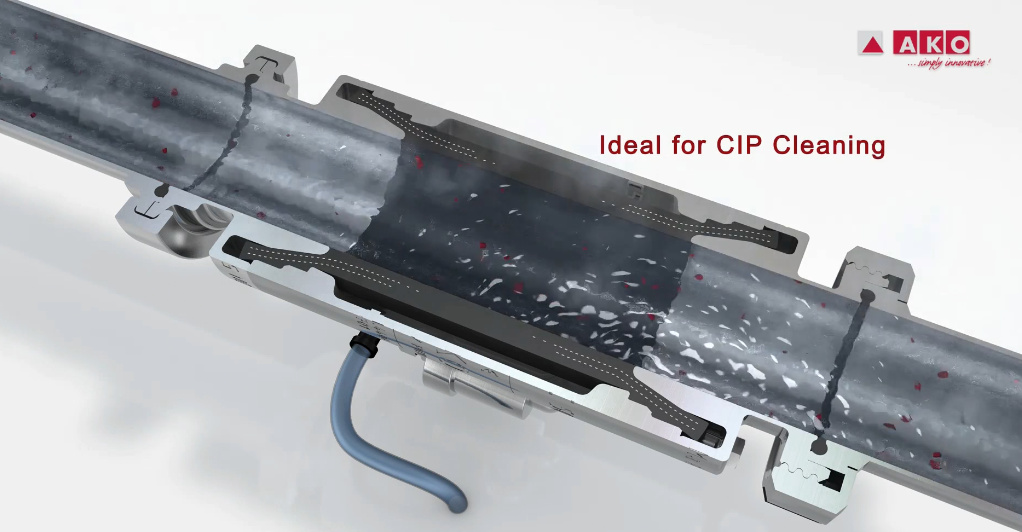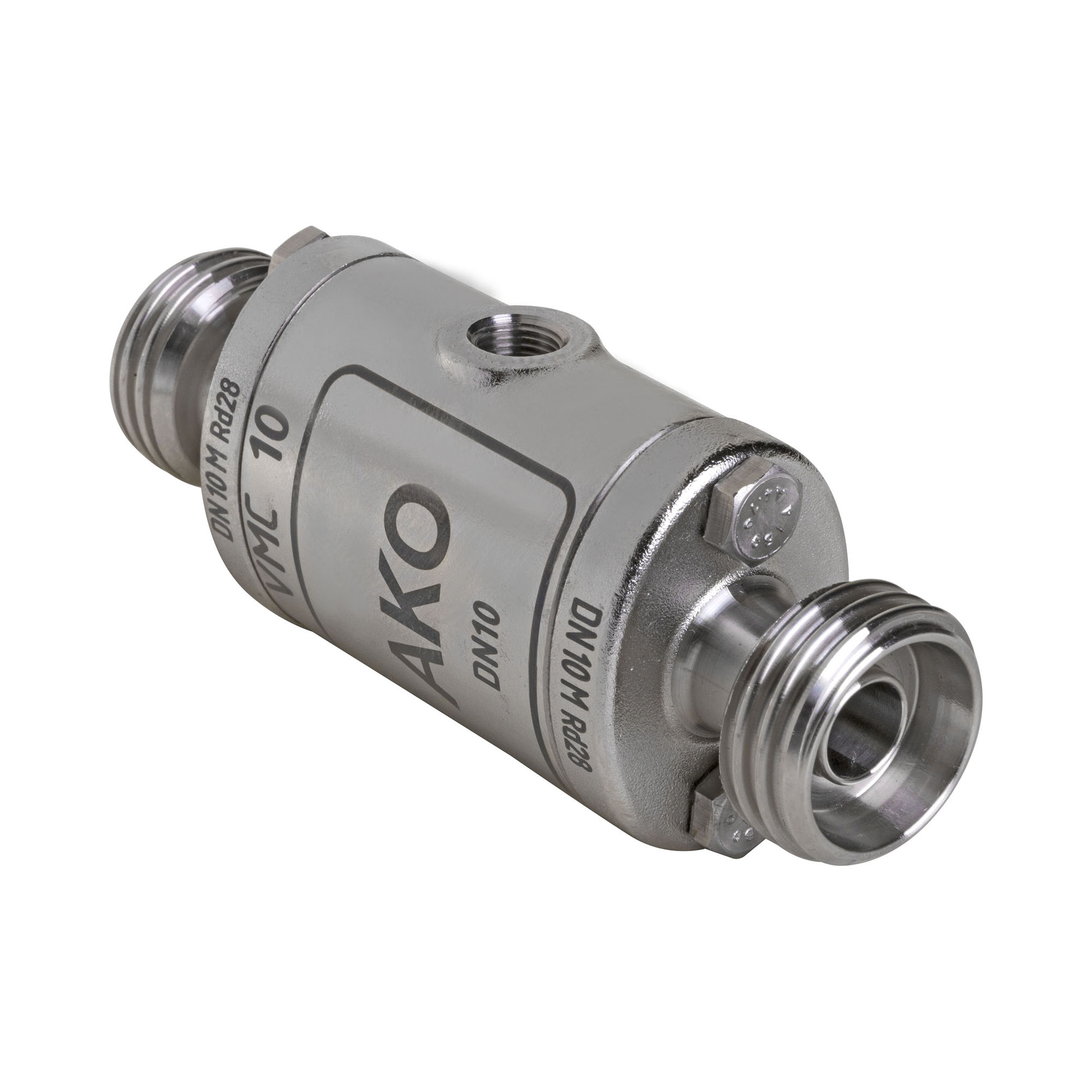Shut off valves can function and be operated in various ways, this informative page will discuss the different ways of how they can be actuated.
Shut off valves function most commonly by air, there are also two versions of an air operated valve. Firstly we have the normally open shut off valve function which, when no air pressure is applied the valve will fail open. There is a rubber tube inside the valve body, this rubber tube, also known as a sleeve, bladder, hose or membrane pinches/squeezes together once air pressure is applied shutting off the valve.
Depending on the rubber tube inside the valve that is fitted within the shut off valve then air pressure required to close the valve can vary. The most common rubber tube used is natural rubber, which requires 2.5 BAR of pressure to close the valve.
Other rubber membranes used such as silicon or viton can require 3 BAR of pressure to close the shut off valve. Once this air pressure is applied to the valve then the rubber hose will close 100% therefore shutting off any flow within the pipeline.
Shut off valves function with a second type of actuation which is the normally closed version. This valve is held in the closed position by a piston or by two pistons for the larger shut off valves.
Once again, air pressure is applied but in this case the valve opens when air pressure is applied. The rubber bladder inside is then pulled open 100% by the pistons which are attached to the rubber hose allowing product to flow freely. Once the air pressure is taken off the shut off valve functions and will re-open to its 100% normally closed state.
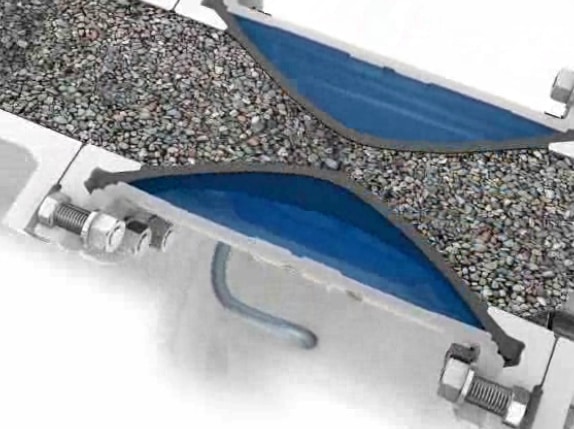

Shut off valves function with a hand wheel or are manually operated, and can be used as open or closed valves. These particular set of valves are again consisting of a rubber bladder inside the body, and this rubber tube is connected directly to a piston that is controlled by a hand wheel.
Turning the hand wheel clock wise will close the manual shutoff valve, then turning the hand wheel anti clockwise will open the shut off valve function. When the shut off valve is closed it will give a 100% closure and when the shut off valve is in the open state it will have a 100% full bore.
- The shut off valve function will 100% stop the flow of media when completely in the closed position. Shut off valves will also close around any product to make sure there is a 100% seal.
- Shut off valves offer a 100% full bore when in the open position.
- Shut off valves are very easy to maintain, function, and the rubber hose is the only wearable part.




